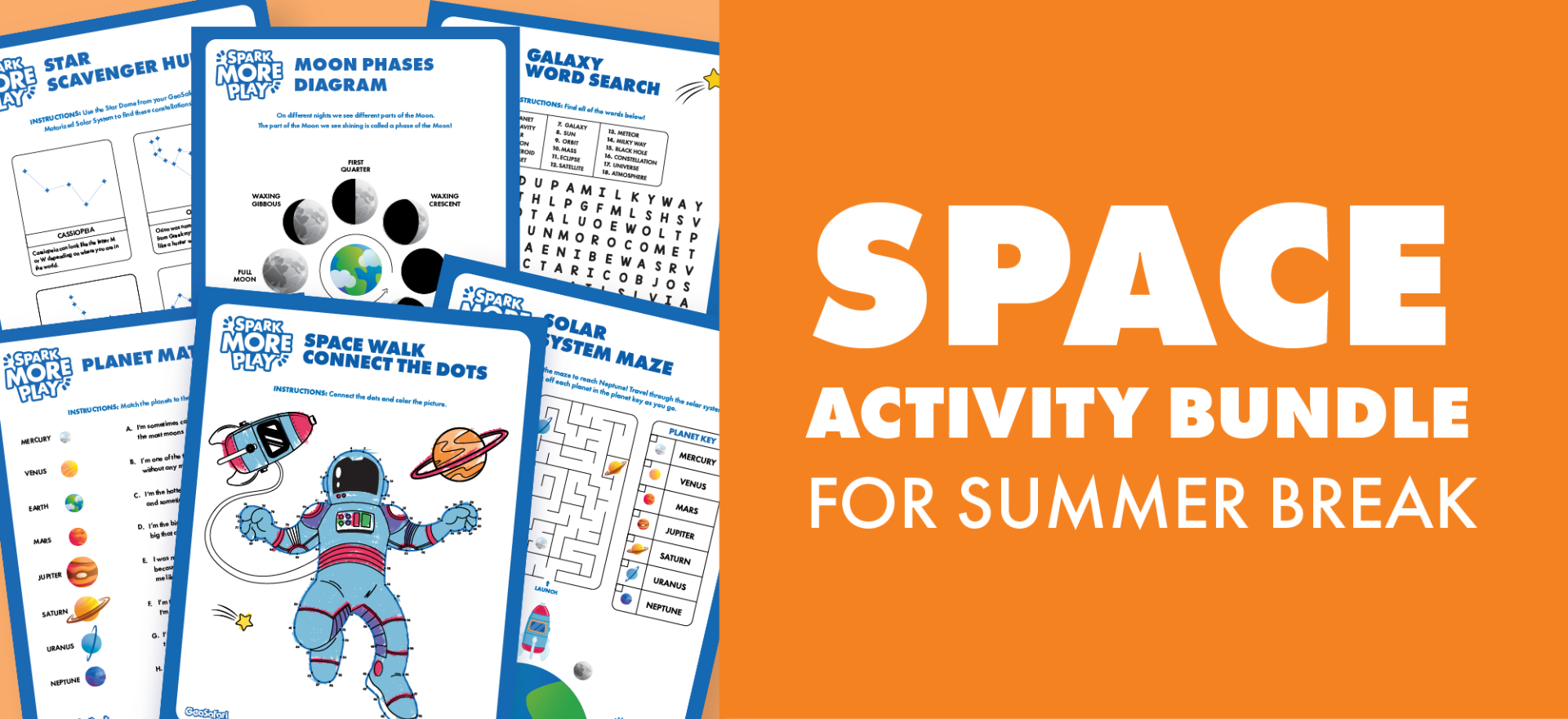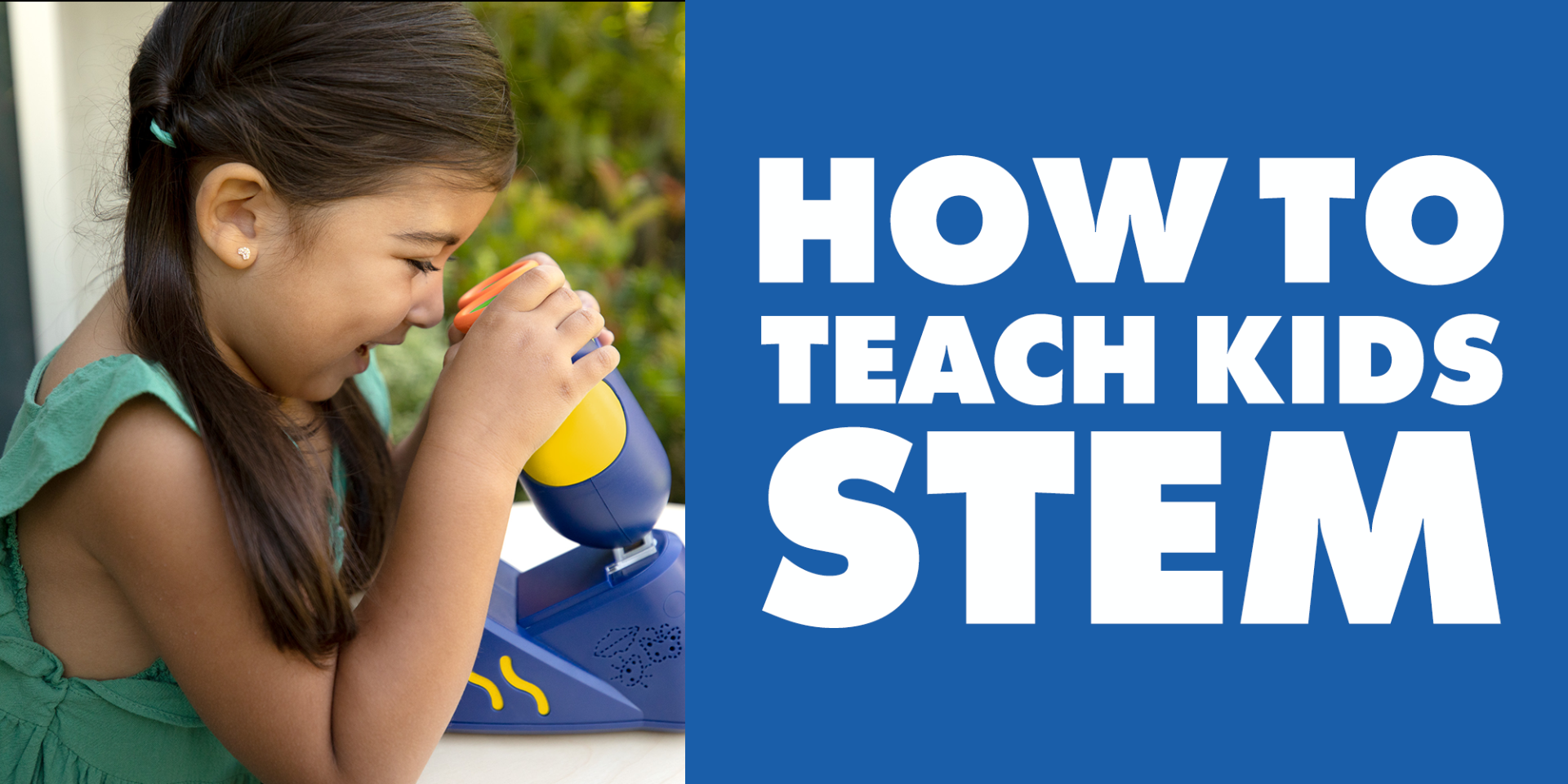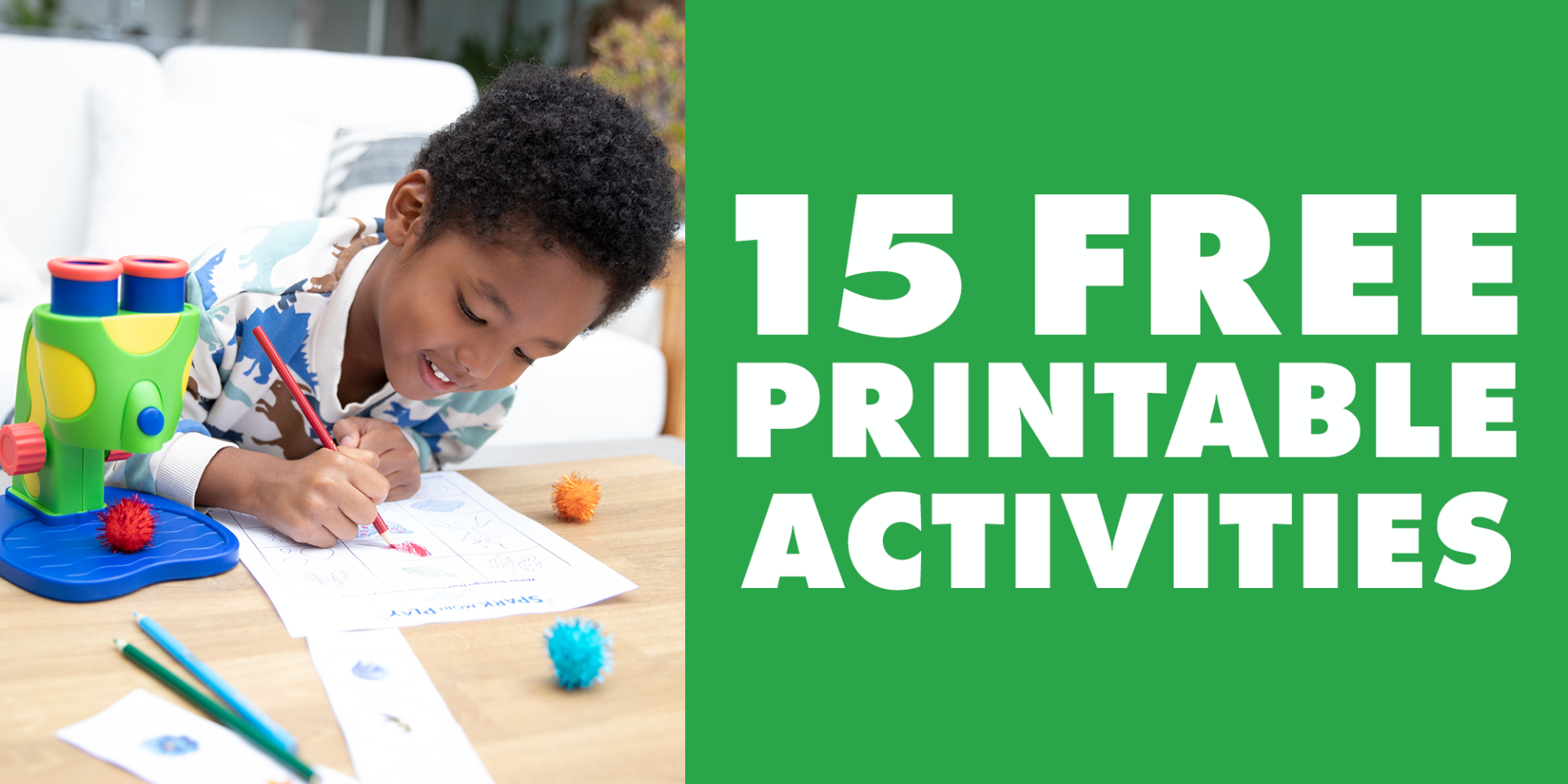
Home's Cool Learning Activity: Composting Starter Guide
https://www.youtube.com/watch?v=2OGAvKbCZek&feature=emb_logo Home's Cool! While we're all working from home, the parents, former teachers, and play experts at EI are sharing some of their favorite educational activities to help keep your family learning and growing. Check out this idea from Michael Sheridan, one of our Product Managers!Ages: 5+Grades: K+Supplies:• 1-gallon container (clear is nice so you can see the food breaking down)• soil• food scraps• worms (optional)In the United States, it is estimated that 30-40% of food is wasted. That’s more than 100 billion pounds of wasted food! Composting is a great way to make full use of that food material that would normally be thrown away, reducing waste and enabling a household to create their own, nutrient-rich dirt for gardens and planters.Procedure:1. Find a clear bin to store your starter dirt and fill it about ¾ full. We recommend using a container with a lid to help regulate the temperature and humidity, but it’s not absolutely necessary.2. Add kitchen scraps as you have them.3. Stir your compost every day or two to help distribute the material.Thing to compost:• eggshells• banana and orange peels• apple cores• food trimmings• coffee grounds• teabags• corn cobsOther tips:• Do NOT put meat or dairy products into your compost bin unless you want to attract flies and other pests• If you are adding materials with a lot of moisture (watermelon or squash, for example), add a few dry leaves or bits of finely shredded paper to absorb some of the liquid• Smaller items break down faster, so chop your food waste into small bits if possible• If you would like, you can add earthworms to your compost bin to help break down the food particles you add• You can make it easy on yourself by using the Educational Insights Now You See it, Now You Don’t See-Through Container.[caption id="attachment_6422" align="alignnone" width="1000"] Now You See It, Now You Don't™ See-Through Compost Container[/caption]Resources:Composting overview: https://www.thespruce.com/tips-for-indoor-composting-2539618Indoor composting overview: https://www.bobvila.com/articles/indoor-composting/
Now You See It, Now You Don't™ See-Through Compost Container[/caption]Resources:Composting overview: https://www.thespruce.com/tips-for-indoor-composting-2539618Indoor composting overview: https://www.bobvila.com/articles/indoor-composting/  EI Product Manager Michael Sheridan is a jack of all trades! An avid surfer and former international soccer competitor, this outdoor and sporting enthusiast also has a degree in Astrophysics from UCLA and eight years of product development experience in a variety of industries. Prior to helping build EI's science products and brain game lines, Michael developed everything from folding chairs to electric scooters and skateboards!
EI Product Manager Michael Sheridan is a jack of all trades! An avid surfer and former international soccer competitor, this outdoor and sporting enthusiast also has a degree in Astrophysics from UCLA and eight years of product development experience in a variety of industries. Prior to helping build EI's science products and brain game lines, Michael developed everything from folding chairs to electric scooters and skateboards!
 Now You See It, Now You Don't™ See-Through Compost Container[/caption]Resources:Composting overview: https://www.thespruce.com/tips-for-indoor-composting-2539618Indoor composting overview: https://www.bobvila.com/articles/indoor-composting/
Now You See It, Now You Don't™ See-Through Compost Container[/caption]Resources:Composting overview: https://www.thespruce.com/tips-for-indoor-composting-2539618Indoor composting overview: https://www.bobvila.com/articles/indoor-composting/  EI Product Manager Michael Sheridan is a jack of all trades! An avid surfer and former international soccer competitor, this outdoor and sporting enthusiast also has a degree in Astrophysics from UCLA and eight years of product development experience in a variety of industries. Prior to helping build EI's science products and brain game lines, Michael developed everything from folding chairs to electric scooters and skateboards!
EI Product Manager Michael Sheridan is a jack of all trades! An avid surfer and former international soccer competitor, this outdoor and sporting enthusiast also has a degree in Astrophysics from UCLA and eight years of product development experience in a variety of industries. Prior to helping build EI's science products and brain game lines, Michael developed everything from folding chairs to electric scooters and skateboards!  Shop UK Site
Shop UK Site 



















